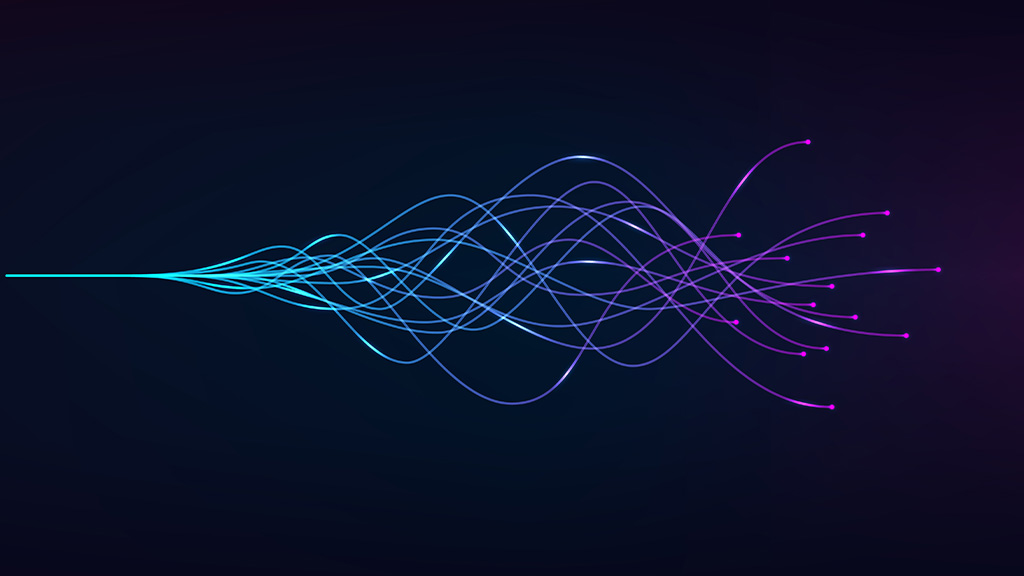Spectrum is quintessential to functioning of any wireless communication system. However, access to specific frequency bands can be limited and dependent on licensing rights. Over the last two decades, there has been a considerable amount of research conducted to devise intelligent built-in mechanisms to utilize spectrum optimally between different operators and services. Nonetheless, such techniques need to be permissible by national and international regulatory policies established for service providers. To enforce any spectrum policy, it is first necessary to monitor the usage levels in any region of interest. This is where spectrum sensing can be useful not only for realization of database-assisted schemes such as CBRS (Citizens Broadband Radio Service) or eLSA (enhanced Licensed Shared Access), but also for any cooperation between operators who see benefit in implementing a closed-loop shared access framework such as O-RAN (Open Radio Access Network).
Spectrum analyses can be realized using classical energy or feature detection schemes applied to spectrograms or raw samples of radio frequency data. The advancement of deep learning techniques offers a rich set of possibilities that are being commercially used in specific use cases. Nonetheless, there are many scenarios and applications where deep learning techniques need more in-depth analyses. Furthermore, it is not always evident what type of neural network architectures offer the desired level of accuracy in determining spectrum usage across time, frequency and spatial dimensions. The study4 analyses the different neural network architectures for a standard dataset. There is quite a deep literature each with focus on specific architectures or implementation constraints. The study brings it all together as a first step towards realization on embedded platforms. In the future, it shall also be possible to generalize the sensing capability to other types of signal identification apart from application to automatic modulation classification.
4 Raghunandan,
Author: Sahana Raghunandan
¹ Raghunandan, Sahana; Begaj, Sara: “Analysis of deep neural networks for automatic modulation classification”, IET Conference Proceedings, p. 117-122, January 2023, [Online] Available: https://digital-library.theiet.org/content/conferences/10.1049/icp.2024.0832


